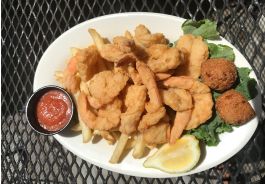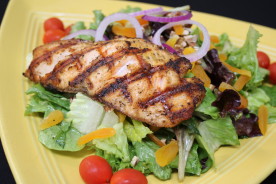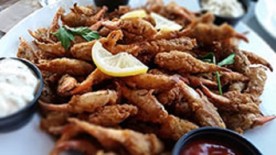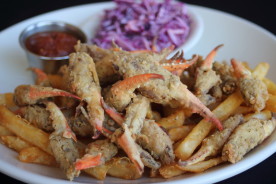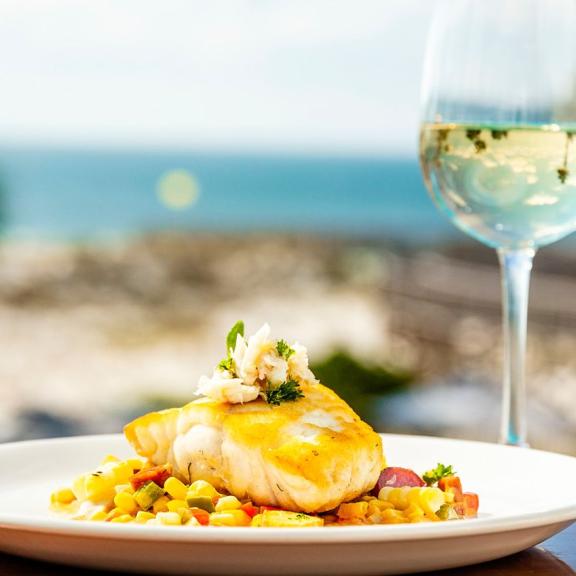
Zeke's Restaurant and Landing
Perfect for lunch or a romantic date night with a place for the kids to play safely. Located in Zeke's...
OSO at Bear Point Harbor
OSO at Bear Point Harbor. Our business plan was simply; Create an atmosphere that was relaxing, a menu that was...
Flora-Bama Yacht Club
The Flora-Bama Yacht Club features open-air waterfront dining on Ole River across the street from the world famous Flora-Bama Lounge...
Wolf Bay Restaurant at Foley
Wolf Bay is a family-owned Gulf Coast tradition known for its high-quality fresh seafood & local ambiance. Its rich history...
Pelican Grill
Orange Beach’s newest upscale casual seafood restaurant overlooking beautiful San Roc Cay Marina. Try delicious dishes with a gorgeous water...
Cosmo's Restaurant & Bar
Off the beaten path on Canal Road in Orange Beach, Cosmo’s Restaurant & Bar is far from ordinary. Serving fresh...
Doc's Seafood Shack & Oyster Bar
Serving seafood on the Alabama Gulf Coast since 1983! Come taste the tantalizing dishes offered on the menu at Doc’s...
Cobalt the Restaurant
Come experience contemporary coastal cuisine at its best. Cobalt, the Restaurant, located in Orange Beach, features authentic dishes crafted by...
GTs on the Bay
GTs On the Bay sits overlooking Wolf Bay on Canal Road in the heart of Orange Beach. With stunning views...
Luna's Eat & Drink
Fresh seafood meets soulful, Southern goodness at Luna's Eat & Drink in Orange Beach. This unique blend of coastal fare...
Wolf Bay Restaurant at Orange Beach
Wolf Bay is a family-owned Gulf Coast tradition known for its high-quality fresh seafood & local ambiance. Its rich history...
Bolo Steak and Seafood
Bolo is Open at 3pm with happy hour from 3-5pm. Featuring hand cut steaks, fish and an assortment of small...
Tacky Jacks 2 - Fort Morgan
We are located on Mobile Bay, less than a mile from the Historic Fort Morgan. Serving breakfast, lunch, and dinner...
Ginny Lane Bar and Grill at The Wharf
Our sensational food, breathtaking view and exciting atmosphere will keep you coming back! Choose from freshly made appetizers, soups or...




